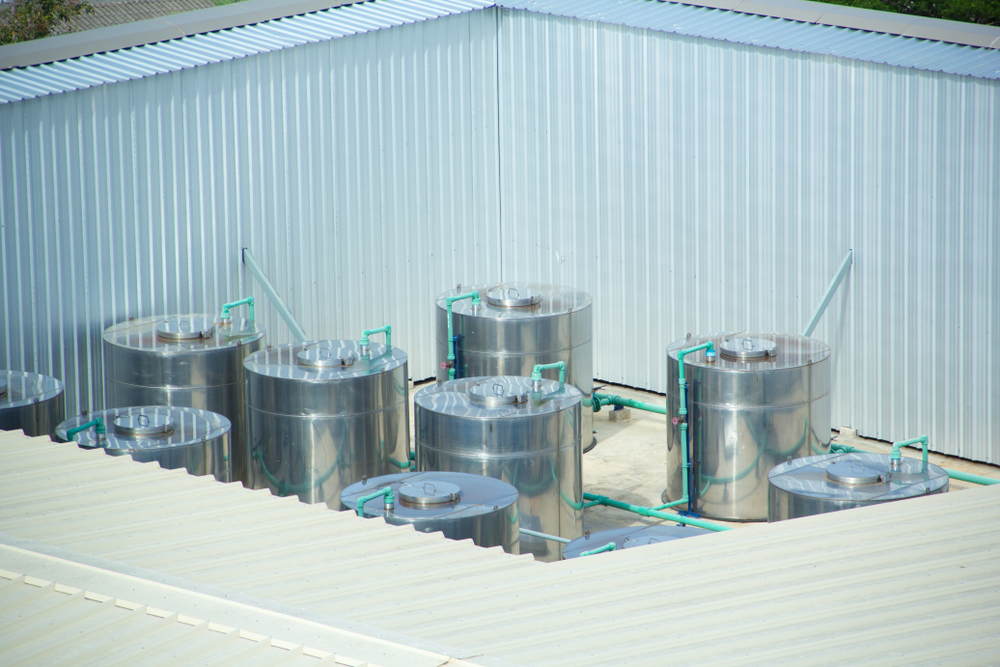
- admin
- February 7, 2020
Above Ground Storage Tanks Regulations: Protocols Tank Operators Must Follow
From gasoline to petroleum products, the aboveground vessels are ideal for holding or storing anything.
Quality, safety and reliability are the three things that to look for while investing in aboveground storage tanks or vessels.
However tank operators need to confirm to certain regulations and code of practices while using them.
Following recommended guidelines can help them prevent accidents like spilling of chemicals, ensure safety and also prolong the longevity of tanks. Let’s take a look at the guidelines in details.
1. While installing the containers make sure a vent line terminates on the outer side of the building. You also need to ensure that the tanks feature a gauging device. Also, make sure that a vent alarm terminates near the fill pipe.
2. All aboveground vessels must be inspected every three years. Doing this will keep them in good condition for many years to come.
3. Single-wall tanks should have a thickness of at least 12 gauge. Double-walled fibreglass tanks are suggested to be used only outdoors. But you can use the single-walled fiberglass tanks indoors. Make sure you don’t place skid tanks close to a water supply.
4. Opt for tanks that feature secondary containment. They are great options as they prevent spilling and leakage of dangerous combustible chemicals and toxic liquids. Secondary containment is termed as an area that captures the entire contents of the largest tank in the containment area when there is an unexpected leak or spill of the chemicals and acids.
5. An aboveground tank should be equipped with a concrete pad that will lend stability to it at the base. The structure will prevent the vessel from tipping over. The legs of the tank too must have a solid foundation. Blocks are a complete no-no!
6. Place the tank in a sheltered place to save it from the vagaries of nature and harsh weather conditions. But shelter is not necessary if the tank is located at the gable end of the structure.
7. If found hazardous and non-complaint, the tank should be immediately red-tagged by the fuel company. It means that the vessel does not adhere to the guidelines and the seller refuses to fill the tank because it can pose severe threats and risks to the environment.
8. If the tank is out-of-order or not functioning for more than a year, it should be detached along with the pipes.
9. Transferring fuel from an old vessel to a newer one is strictly prohibited until the former is in a good condition. In such a case, the fuel must be driven with a fuel conditioner and unexploited fuel must be disposed.
Hopefully, the blog will help you to use aboveground tanks properly and safely. Following the above rules will also help you make the tanks safe and environment-friendly.
For purchasing and installing high-quality tanks, get in touch with GSC Tanks.
The company specializes in manufacturing excellent industrial storage tanks that can be custom-made to meet your specific industry requirements.
It brings solid steel and alloy tanks, fiberglass tanks, polyethylene tanks, and field erected tanks with advanced features and huge holding capacities.
- above ground storage tank regulations
- Aboveground Storage Tanks
Category
- Above Ground Fuel Tanks
- Above Ground Gas Storage Tank
- Above Ground Storage Tanks
- Above Ground Water Storage Tanks
- Agricultural Tanks
- Chemical storage Tanks
- Diesel Fuel Storage Tanks
- Diesel Storage Tanks
- Exernal FloatingRoof Tanks
- Farm Water Tank
- Fiberglass Oil Tanks
- Fiberglass Septic Tanks
- Fiberglass Underground Fuel Storage Tanks
- Field Erected Tanks
- Floating Roof Tank
- Fuel tank
- Industrial Chemical Storage Tanks
- Industrial Gas Tanks
- Industrial Plastic Tanks
- Industrial Storage Tanks
- Industrial Tank heating pads
- industrial tanks
- Natural gas
- Natural gas vs Propane
- oil storage tank
- Oil Storage Tanks
- Peracitic Acid
- Petroleum Tanks
- Residential gasoline storage tanks
- Residential Water Storage Tanks
- Sodium Hydroxide Storage Requirements
- Sodium Hypochlorite Storage Tanks
- Steel Storage Tanks
- storage tank failure prevention
- Storage Tanks
- Sulfuric Acid Tanks
- Uncategorized
- UnderGround Storage Tanks
- Waste water tank
- Water Storage Tanks

 Tank Size Calculator
Tank Size Calculator






